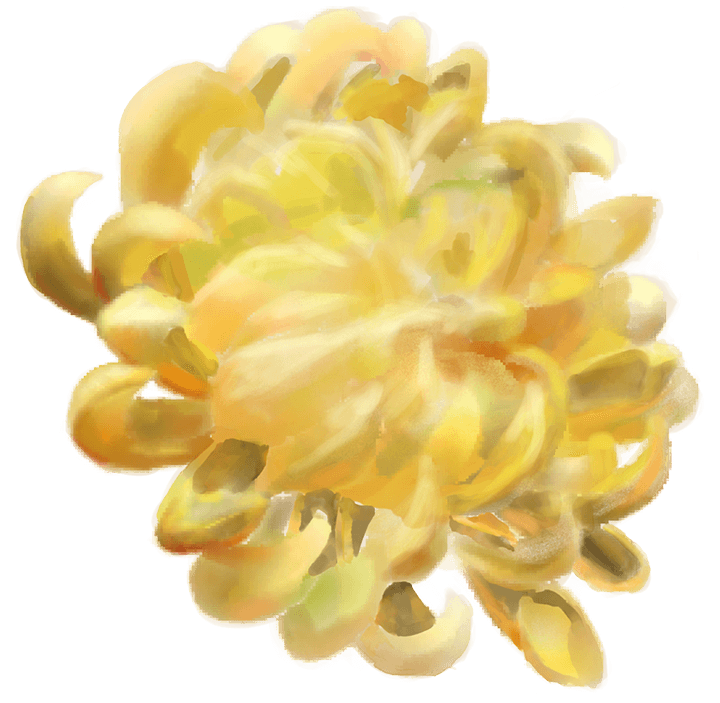

山有木兮木有枝
心悅君兮君不知
- 節選自:春秋《越人歌》(漢語譯文)
Woods on a hill,
each wood branches
into small twigs;
You in my thoughts,
each thought reaches
oblivion
- Yue Ren Ge (Song of the Yue Boatman),
originated from the Chunqiu (Spring and Autumn) Period.
Translated by Eric Chengyang.



A1
A2
A3
A4
A5
A6
B1
B2
B3
B4
B5
B6


C1
C2
C3
C4
C5
C6
D1
D2
D3
D4
D5
D6
E1
E2
E3
E4
E5
E6
F1
F2
F3

F4
F5
F6
A1
A2
A3
A4
A5
A6
B1
B2
B3
B4
团花
月華
B5
B6



C1


C2


C3
C4
C5
C6
D1


D2
D3
D4
Flora,
Luna-
Corona
D5
D6
E1


E2
E3
E4
E5
E6
F1
F2
F3

F4
F5
F6
CHENGYANG 橙陽:
I filled the seed that you gifted
with stories picked from centuries.
The wind brushes against the leaves
whispering tales of memories.
🌕 🌗 🌑 🌓
An online archive,
reshaped by the Moon.
See the garden grows,
as Eastern Time flows
Alaina Shah: “The rose is woven into the very fabric of Pakistani culture today. It perfumes the streets, desserts, and adorns necklines...”
گلاب • Gulab - the ancient pedigree of the rose in Pakistani culture →